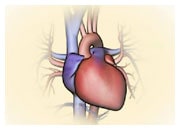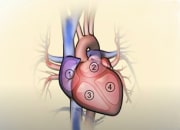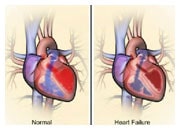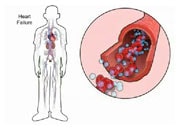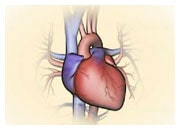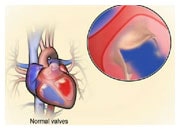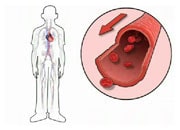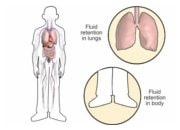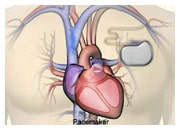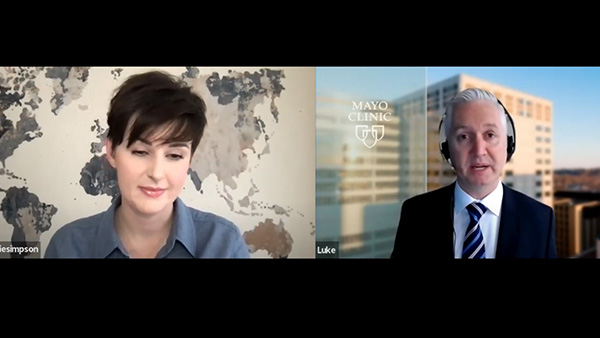Angiography
Why is it done?
Angiography is an X-ray examination of your veins, arteries and heart chambers that looks at blood flow. Angiography may be used to identify the sites where the arteries have become narrowed or blocked and can also reveal any blood clots, calcium deposits or any weakening or bulging of your artery walls (aneurysms ). An angiogram is often needed to decide what treatment is necessary for your heart failure.
What does it involve?
A fine, flexible, hollow tube (catheter) is inserted into a blood vessel in your groin or arm. The tip of the tube is positioned either in the heart or at the entry of the arteries supplying the heart before a special dye is injected, visible by X-ray. The pictures obtained are known as angiograms.
Questions to ask your doctor:
- What are the risks associated with the procedure?
- How long will the procedure take?
- Is there anything I need to do to prepare for the angiography, i.e. can I eat and drink?


